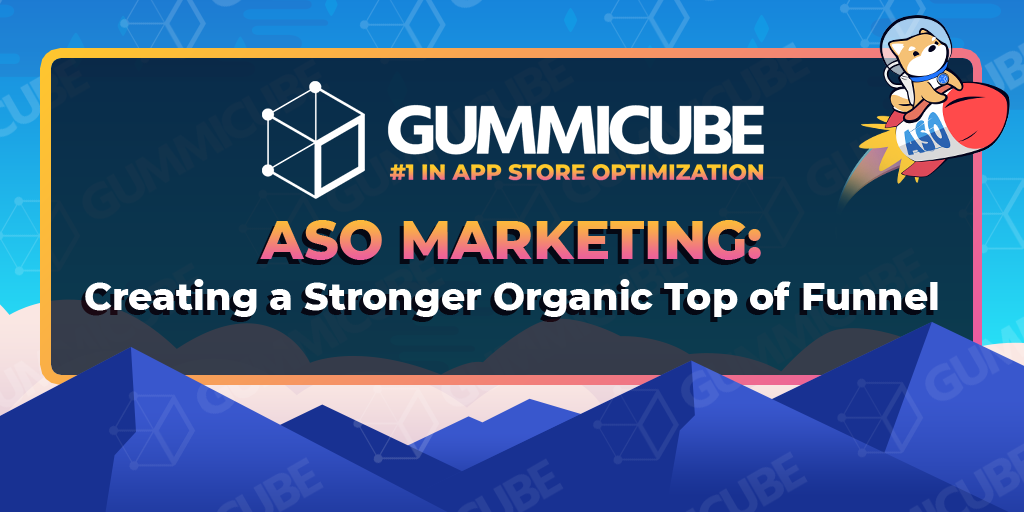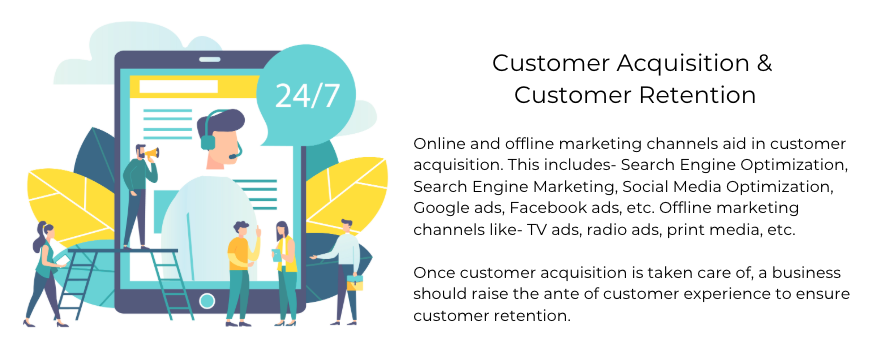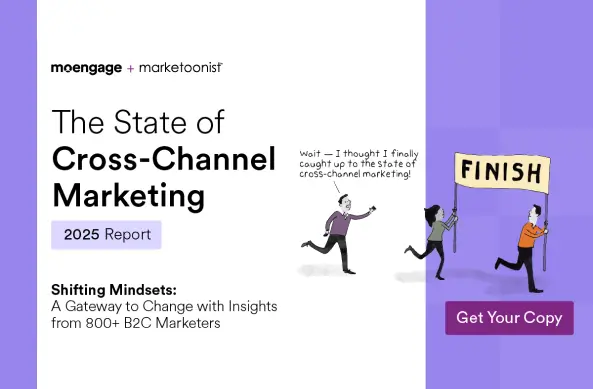ASO Marketing Strategy: Creating a Stronger Organic Top of Funnel

Reading Time: 5 minutes
ASO (App Store Optimization) marketing is a key strategy for increasing the organic visibility for a mobile app on the App Store and Google Play Store. Users gained through organic search on the app stores typically demonstrate the most engagement. In order to best acquire users, proper App Store Optimization marketing requires a cohesive funnel incorporating optimized metadata and creative assets, built using accurate data sets.
Optimize to Improve Your Organic Funnel
Users searching the stores actively enter search terms to discover and install specific types of apps. This means they are more invested in finding an app to use than users who discover via suggested lists, category rankings, or other channels.
Not only are these users more actively engaged in finding specific types of apps, but the search is the channel where most apps are found. About 70% of app discovery happens in searches, making it a vital channel for user acquisition. Developers looking to increase their overall user base and bring in high-quality users need to ensure their organic search visibility and factors that contribute to conversion from this channel are strong.
By improving the organic funnel, developers can ensure they’re bringing in the best possible users for their app.
Getting Started on Optimizing the Funnel
If you want to optimize an app listing to improve organic search traffic, the first step is optimizing your metadata. The algorithms for both the App Store and Google Play use the metadata for an app to determine what searches it will appear in. This means that optimizing your metadata will tie your app listing to the keywords that are most relevant to your audience and that users are frequently searching for. Each new, relevant keyword increases the chances of users finding a type of app like yours in search.
Bonus Content
|
How well an app ranks for its keywords can be improved based on the click-through rate (CTR) at the keyword level. If enough users click on an app they find in search v.s. competing apps, that app will index higher in search results due to having more clicks.
In order to gain rankings for related searches, it is important to optimize your listing to target as many relevant and high-volume keywords as possible. This will help expand your visibility to a larger number of frequently searched phrases.
Improving Funnel Conversion
Once visibility is achieved, getting users to tap on a listing is the next phase in the download funnel. Users typically only spend a few seconds looking at an app listing before deciding whether to move on or install it. Appearing early and making a strong impression is vital.
Optimizing creative assets, such as the icon and screenshots, can help with this. These visual elements can help improve your click-through rate and installs, so visually engaging and informative creative assets can help improve the number of downloads an app gets.
By working to improve these areas, developers can help bolster their performance in search results. This can lead to more organic users, which can help your app in both the now and the long run.
Yet all this hinges on the foundational aspect of targeting the right keywords. Determining what the proper keywords are required research and data that reflects how users search. Incorrect data can render an entire ASO strategy ineffective – accurate data is a necessity.
Why You Need Accurate Data
In order to properly optimize an app, it’s critical to target the right terms. This can only be done with an ASO platform that draws its data directly from the app stores. This is the data that reflects user search habits within the App Store and Google Play Store.
Not all of the ASO platforms on the market use mobile data, so relying on them could actually harm an optimization strategy. Some determine keyword volume based on web searches, but that only has a 20% overlap with mobile search trends. This is because users tend to search differently on the web and in-app stores. Web searches are typically informational queries (“How do I change a tire?”) navigational queries (“tire changing stations near me”) or transactional queries (“tire change specialists”). Mobile searches, on the other hand, are typically 2-3-word searches for feature (“roadside assistance”) or brand-related (“AAA”) keywords. This means that the search volume for keywords based on the web search will be very different than those based on mobile search.
If an app developer targets keywords using reporting from a web data-based ASO tool, there is a significant chance that the terms they use will have less volume than they anticipate or even none at all. This can result in little to no growth or even a reversal of past optimization efforts.
Similarly, some tools white label Apple Search Ads popularity scores, rather than overall keyword volume. Search Ads uses a popularity ranking system that changes every 24 hours, so while it captures flash-in-the-pan shifts and growth, it does not represent long-term organic trends. These longer trends are important to ASO, as App Store Optimization focuses on sustainable growth based on user behavior.
Piyush Shah, Head of SEO, Dukaan says “Platforms that provide search data from sources other than mobile will create flawed datasets. That data can then be used to determine what terms your app should target in its keywords, visual assets, and so forth. Relying on information that does not reflect long-term, organic search trends will create a sub-optimal strategy.”
To Conclude
Mobile apps can get the highest quality of users by focusing on the organic search funnel as part of their ASO marketing strategy. Optimizing this funnel requires targeting relevant, high-volume keywords based on mobile search data and designing an app listing for maximized conversions across all channels. With an optimized organic funnel, app developers can reach and convert users who are interested in their specific type of app.
 [Panel] Personalization, AI, Trust—What Top BFSI Marketers Are Doing Differently.
[Panel] Personalization, AI, Trust—What Top BFSI Marketers Are Doing Differently. 






